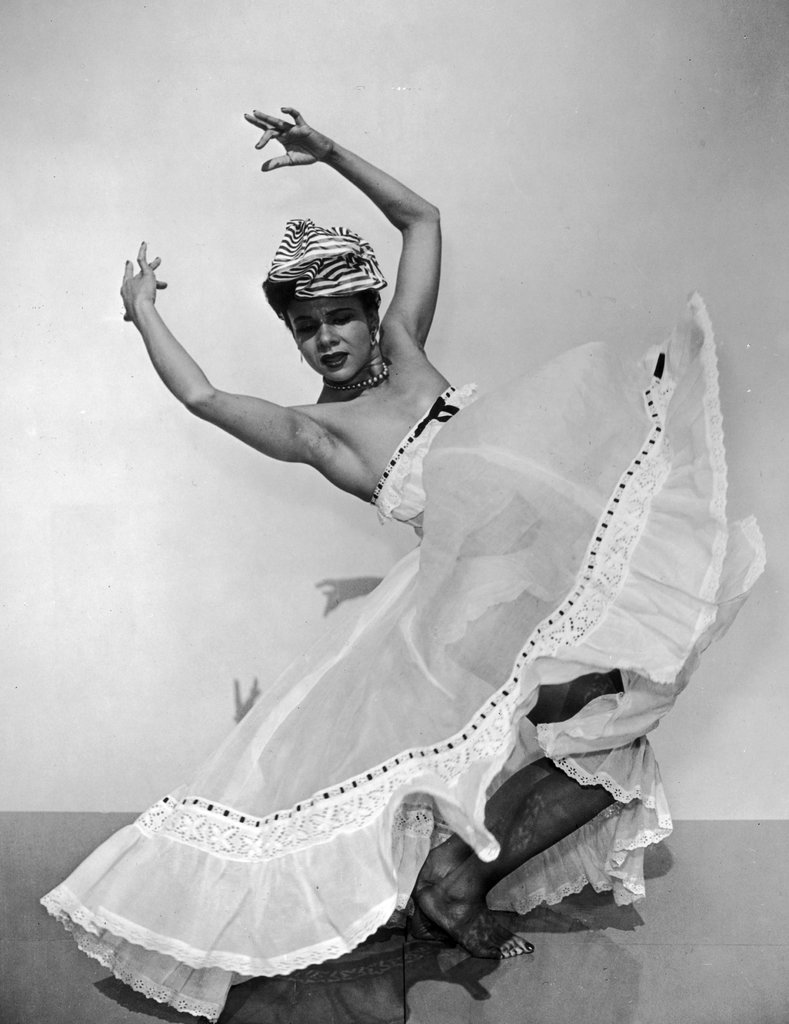Re/membering Bamboula | Embodying Home
rapélé bamboula
mô koté, mô kòr
location
house
home
room
place
space
sacred and social
race
the location of home
its location in the body
inside my body
home in my body
home is my body
body is home
home is body
memory
cultural memory
lives in my body
the place is outside and inside
the memory is here and there
the dance is here
embodied
in my body
regardless of place
location
arrived
emerged
indigenous
continuous
Where is Bamboula?
What is Bamboula?
Who dance(d/s) Bamboula?
What is Bamboula?
Who dance(d/s) Bamboula?
genealogies and mappings reveal these answers
To Bomba
To Bamboula
to Bamboula
TO DANSE CODAN
To
Juré
to lala
To Zydeco
To Dance
To Houston
To Louisiana
to St. Croix
To Puerto Rico
through Yemaya
To Africa(s)
“Bomba to Bamboula” relates to the process and texture of Afro-Louisiana and Afro-Puerto Rican dance. I chose ten words that I’ve been in conversation with throughout my practice. These words are both verb and noun. I chose to include the verbs and convert the nouns into actions. I drew a map of the places I’m in conversation with for my research and practice and mapped these words on their respective regions. I recorded myself throughout this process. Lately I’ve been interested in “dancing” in ways that I haven’t typically danced, and with this, I decided to allow my hands to do the dancing by mapping and writing. This has allowed me to interpret the texts I’m reading on Afro-Louisiana and Afro-Puerto Rican dance. In order to learn the Bamboula dance for example, I’ve accessed the primary sources that were written about the dance, and literally danced out the descriptions. This openness in the interpretation of dance has allowed me to not be as stifled in understanding what my ancestors were doing. It has also allowed me to imagine new ways in which the Africans in Louisiana and Puerto Rico maintained their dances and also learned new ones.
A Memory of Continuity
Inspired by Katherine Dunham’s Theory of Memory of Difference, this research seeks to apply a memory of continuity in re/membering Louisiana Bamboula.
It seems that where difference presents itself, so does continuity, as it relates to African/Black dance.
Louisiana Bamboula is an Afro-Louisiana dance, musical form, and gathering which was popular during the colonial period. The rhythm and musical form are still known but some argue that the dance isn’t. Through utilizing memory of continuity, this research explores how the people of colonial Louisiana indeed remembered the rhythms and dances of Africa, and how due to cultural continuity, this dance still exists somewhere, in places, in bodies, in memories.
Where is Bamboula situated within this?
What did the dance look like?
How did it feel?
What did it mean?
How did Africans arriving from different places share their dances and learn others?
Where is Bamboula situated within this?
What did the dance look like?
How did it feel?
What did it mean?
How did Africans arriving from different places share their dances and learn others?
What emerged?
What continues to emerge?
How can genealogies of Bamboula’s ancestors and descendents, and relatives in other places, answer these questions?
I
want
to dance
the dances
of my dancestors.
